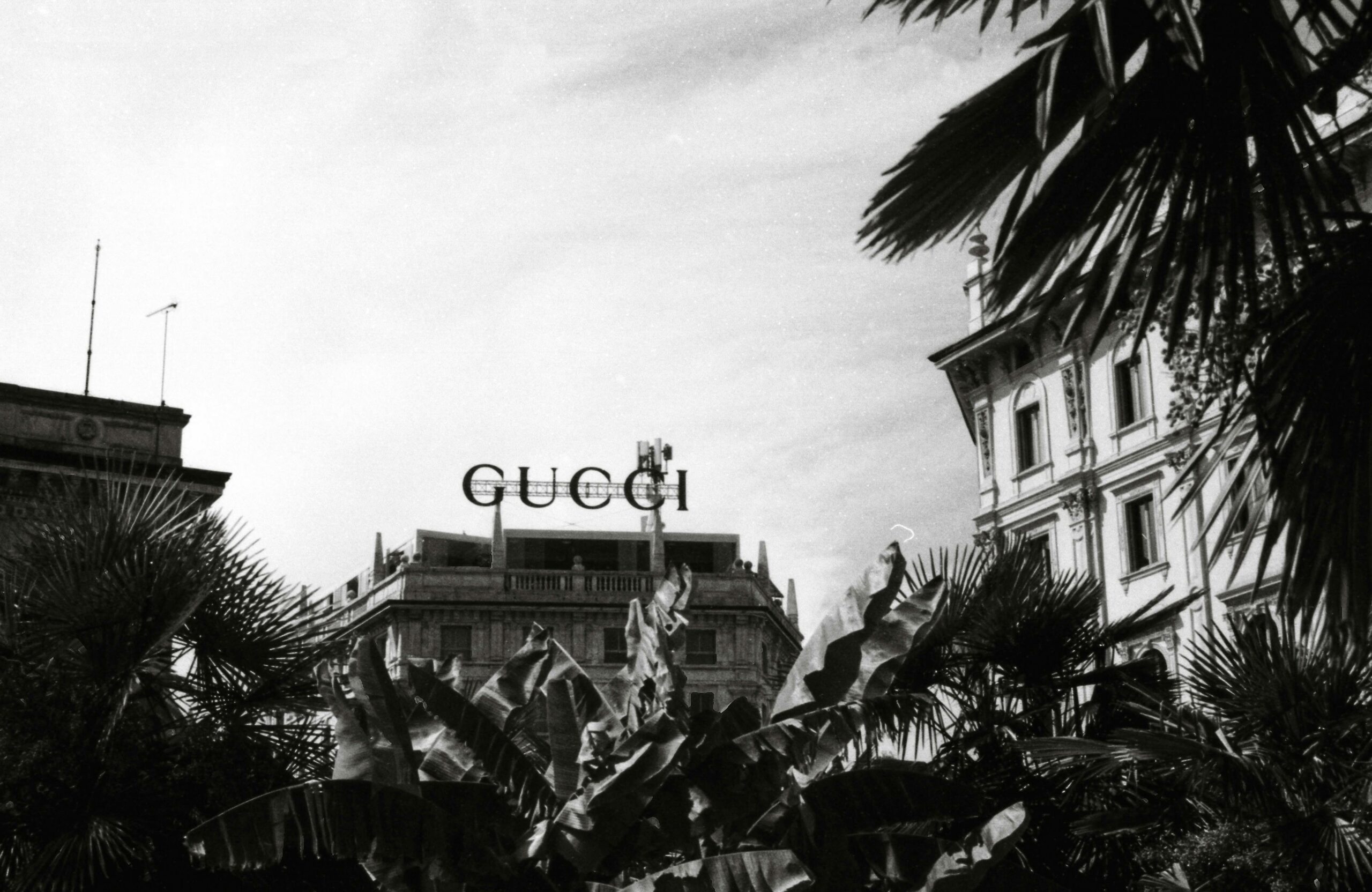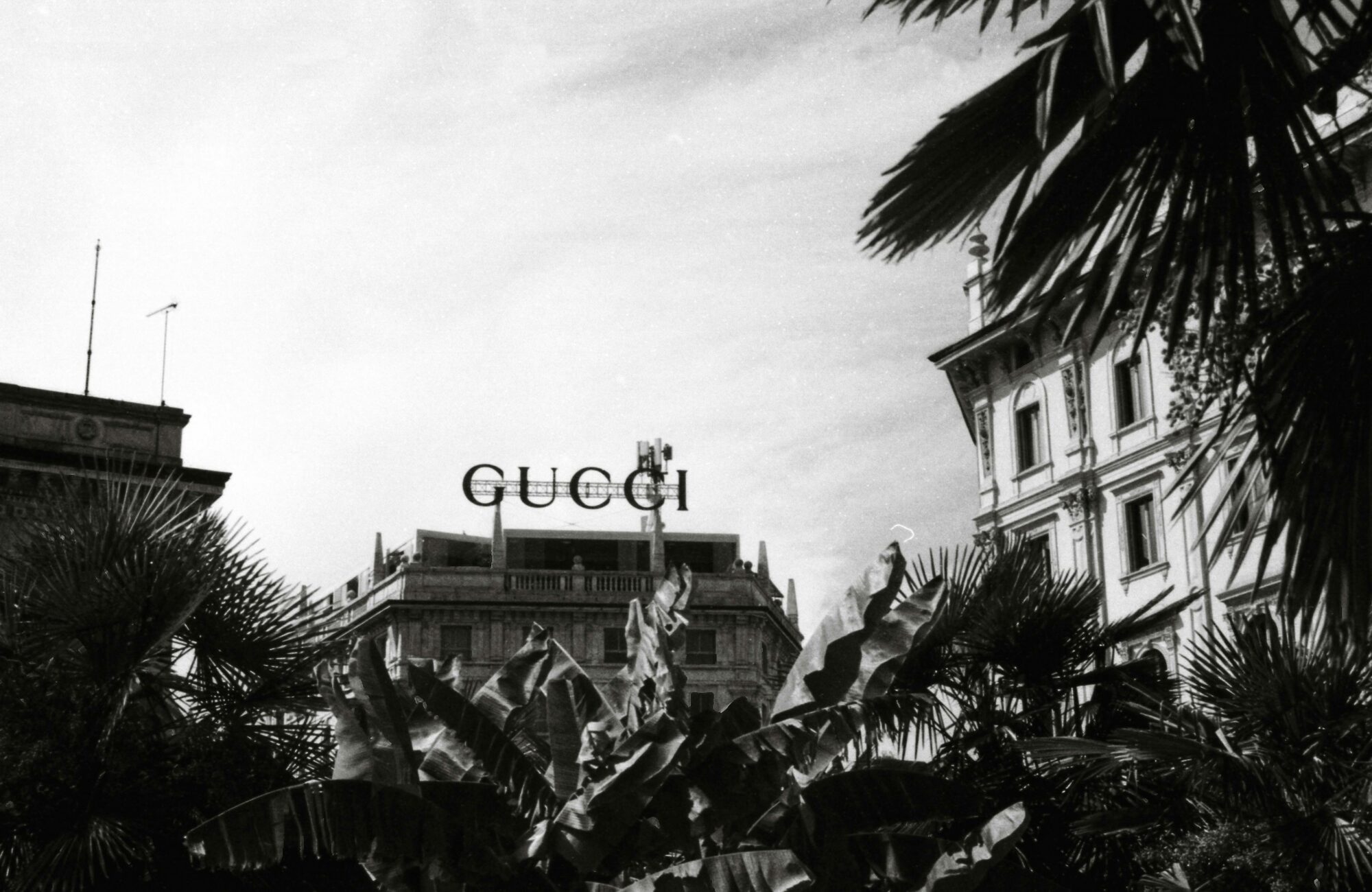You might have heard the buzz (perhaps from your partner, much like I did – she’s the one who ‘inspired’ me to write this post) about designer handbags being a solid investment. But is it true? Let’s break it down and see if splurging on that luxury bag is worth it in the long run and what the best designer handbag brands for investment are.

Price Trends
Designer handbags occupy a unique space in the investment world, where luxury can meet financial returns.
While these coveted accessories often boast hefty price tags, their potential as investments lies not just in their initial cost but also in their ability to hold, and, appreciate in value. However, it’s crucial to approach carefully, as not all bags are created equal.
The world of designer handbags is not immune to market fluctuations, and just like any other investment, there are risks involved. Factors such as brand reputation, style, rarity, and condition all play a significant role in determining a bag’s investment potential.
For example, iconic designs from respected fashion designers like Chanel, Hermes, and Louis Vuitton tend to have more stable price trends.
Limited edition releases, collaborations, and vintage pieces from these brands often get premium price tags on the secondary market. This makes them attractive investment opportunities for collectors and investors alike.
Conversely, lesser-known brands may be more susceptible to fluctuations in demand and could see their value decline over time. Factors like wear and tear, damage, and alterations can significantly impact a bag’s resale value.
Understanding the History
To truly appreciate the allure of designer handbags, it’s essential to understand some history, which is steeped in luxury, craftsmanship, and cultural significance. Brands like Chanel, Louis Vuitton, and Hermes have been at the forefront of this narrative.
Chanel, founded by the visionary Coco Chanel in the early 20th century, revolutionised the world of fashion with her timeless designs and innovative approach.
The introduction of the Chanel 2.55 handbag in 1955 marked a turning point in handbag history, captured the imagination of women around the world. With its quilted pattern, chain strap, and iconic interlocking CC logo, the 2.55 remains a coveted classic to this day, embodying Chanel’s commitment to luxury and refinement.
Louis Vuitton, founded in 1854 by the French designer, quickly rose to prominence for luxury travel goods and accessories.
The brand’s signature monogram canvas, introduced in 1896, became an instant symbol of style and sophistication. The Speedy and Neverfull bags, have become timeless staples in the world of luxury fashion, testament to Louis Vuitton’s enduring legacy of craftsmanship.
Hermes, founded in 1837 by Thierry Hermes, has become synonymous with unparalleled luxury and exclusivity.
The Hermes Birkin bag, introduced in the 1980s and named after actress and style icon Jane Birkin, is perhaps the most iconic and sought-after handbag in the world. Handcrafted from the finest materials, each Birkin bag is a masterpiece, embodying the brand’s commitment to timeless elegance.
The Best Designer Handbag Brands for Investment
Research shows that these are some of the top brands known for their investment-worthy handbags:
Chanel
Chanel is synonymous with timeless elegance and sophistication. The brand’s iconic CC logo, and impeccable craftsmanship have made its handbags highly desired among collectors. Classic styles like the Chanel 2.55 and the Boy Bag have consistently retained their value and even appreciated over the years.
Hermes
Hermes is renowned for its luxurious Birkin and Kelly bags, which are symbols of wealth and status. These handcrafted masterpieces are made with the finest materials and exquisite attention to detail, making them extremely desirable on the resale market. Limited availability and long waiting lists only add to their allure, driving up demand and prices.
Louis Vuitton
Louis Vuitton’s iconic LV logo is instantly recognisable around the world. The brand’s heritage and reputation for quality have helped its handbags maintain their value over time. Limited edition collaborations, like those with artists or other designers, can further increase the desirability and investment potential.
Gucci
Vintage Gucci pieces from the Tom Ford era, as well as newer styles like the Dionysus and Marmont bags, have shown strong resale value, especially in limited edition or rare colourways.
Dior
Dior’s Lady Dior bag, named after Princess Diana, is a classic icon of timeless elegance. The brand’s commitment to craftsmanship and attention to detail shine through in its handbag designs, making them highly desirable among collectors. Limited edition releases and collaborations with artists or celebrities can drive up demand and prices for Dior handbags.
Comparing Against Other Investments
In the realm of investment, the allure of designer handbags competes against stocks, real estate, and bonds. Each avenue presents a different risk and reward ratio, making it crucial for investors to carefully consider their options before investing.
Stocks, with their potential for high returns and liquidity, are often viewed as the cornerstone of a well-diversified portfolio. They offer investors a stake in the ownership of a company, with the potential for capital growth through rising stock prices and dividends.
Real estate, on the other hand, offers investors the opportunity to generate income through rental properties or profit through property growth. Real estate investments require significant capital upfront, and they can be illiquid, making them less suitable for investors seeking quick returns or flexibility.
Bonds, meanwhile, provide investors with a fixed-income stream through periodic interest payments and the return of capital at maturity. They are typically less volatile than stocks and can serve as a hedge against market downturns.
In contrast, investing in designer handbags offers a unique blend of aesthetic enjoyment and potential financial gain. While certain rare or iconic pieces can appreciate significantly over time, they lack the predictability and liquidity of traditional investments. Handbags require careful maintenance and storage to preserve their value, and finding a buyer willing to pay a premium price can be challenging.
Understanding the Risks
While the allure of investing in designer handbags is undeniable, it’s essential for investors to recognise the risks associated with this niche market. Like any other investment vehicle, investing in handbags comes with its own set of challenges and uncertainties.
One of the primary risks associated with investing in designer handbags is market demand.
The value of a handbag is heavily influenced by consumer preferences, trends, and shifts in the fashion landscape. What may be highly coveted and valuable today could fall out of favour tomorrow, leading to a decline in resale value. As such, investors must stay attuned to market trends and consumer behaviour to make informed investment decisions.
Brand reputation also plays a significant role in determining the value of a handbag.
Established luxury brands with a long history of craftsmanship and prestige, such as Chanel, Louis Vuitton, and Hermes, tend to command higher resale prices compared to lesser-known or newer brands. However, even within established brands, certain styles or collections may perform better than others, highlighting the importance of thorough research.
Condition is another critical factor that can affect the value of a handbag.
Wear and tear, damage, and alterations can significantly diminish the resale value of a bag, particularly for collectors seeking pristine, investment-grade pieces. Investing in well-maintained, high-quality handbags can mitigate this risk, as they are more likely to retain their value over time.
Counterfeit products pose a significant risk to the authenticity and value of designer handbags.
The proliferation of counterfeit goods in the market not only undermines consumer confidence but also dilutes the exclusivity and prestige associated with authentic luxury items.
Investors must exercise caution and vigilance to avoid purchasing counterfeit handbags, as they can significantly impact the resale value of an authentic bag and tarnish the reputation of the brand.
Is It a Good Investment?
Determining whether investing in designer handbags is a wise financial decision requires a thoughtful assessment of various factors, including your financial goals, risk tolerance, and personal preferences.
While the allure of luxury accessories can be enticing, it’s essential to weigh the potential benefits and drawbacks before diving into this niche market.
For individuals with a passion for fashion and an eye for quality craftsmanship, investing in designer handbags can offer a unique blend of enjoyment and potential profit.
The opportunity to own coveted pieces from iconic brands like Chanel, Louis Vuitton, and Hermes can be immensely satisfying, both aesthetically and financially. The thrill of hunting for rare or limited edition handbags and watching their value appreciate over time can add an element of excitement to the investment process.
However, it’s crucial to approach handbag investments with caution and realistic expectations.
While some handbags may appreciate in value significantly, others may fail to deliver the expected returns, depending on factors such as brand reputation, market demand, and condition. The market for designer handbags can be volatile and subject to fluctuations, making it essential to diversify your investment portfolio and not rely solely on handbags as your primary investment strategy.
Furthermore, investing in designer handbags requires a significant commitment of time, effort, and financial resources. Researching market trends, assessing the authenticity and condition of potential purchases, and staying informed about industry developments can be time-consuming tasks. There are costs associated with acquiring, storing, and maintaining handbags, which can eat into your potential profits.
Investing in a Hermes Birkin Bag
Imagine you had the foresight to invest in a Hermes Birkin bag twenty years ago. Back then, the price tag for one of these coveted treasures would have been significantly lower compared to today’s astronomical figures. In the early 2000s, a Birkin bag could be purchased for around $4,000 to $6,000, depending on the size, material, and hardware.
Fast forward to the present day, and the value of a vintage Birkin bag has skyrocketed, thanks to its timeless appeal, limited availability, and enduring demand among collectors. A well-maintained Birkin bag from the early 2000s can easily fetch upwards of $20,000 to $30,000 or more on the resale market, depending on factors like condition, colour, and rarity.
In some cases, particularly rare or sought-after Birkin bags have sold for six or even seven figures at auctions, making them not just a fashion accessory, but also a lucrative investment opportunity.
The exponential increase in value over the past two decades underscores the enduring appeal and investment potential of Hermes Birkin bags.
So, if you had invested in a Hermes Birkin bag twenty years ago, you would not only be the proud owner of a timeless luxury accessory but also sitting on a valuable asset that has appreciated significantly over time.
Conclusion
While designer handbags can be a tempting investment opportunity, they’re not without risks.
Before diving in, carefully consider your financial situation and investment goals.
While they may offer the potential for high returns and aesthetic enjoyment, they shouldn’t be your sole investment strategy. So, if you’re eyeing that luxury purse, proceed with caution and do your homework to make an informed decision.

